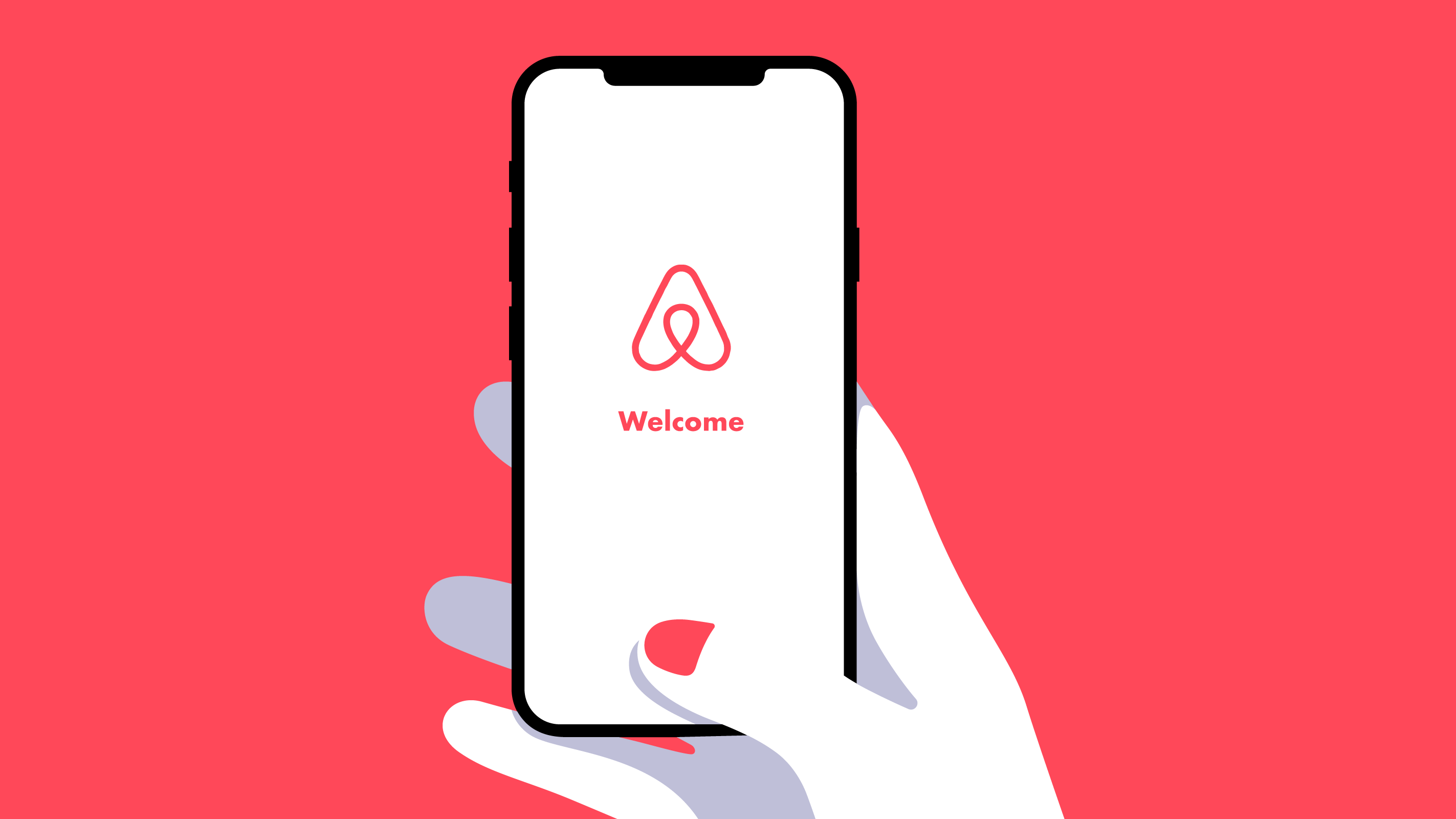The Flying Object Brand Marketing 101: Part 3 - Brand vs Performance
The key concepts in brand marketing, from a Flying Object point of view
A few months back, Airbnb caused a wave of controversy in the advertising trade press by announcing that they would be adjusting their strategy to cut down on performance advertising spend, and upping brand spend. The rationale was simple: they’d reduced performance spend through the pandemic, not seen much impact on their baseline numbers, and concluded that those performance ads, therefore, weren’t effective.
Now, that doesn’t sound particularly controversial. So why the fuss? That’s because what Airbnb did ran against a very powerful narrative of the last couple of decades, which has seen brands increase their performance marketing either at the expense of, or simply in excess of, their brand spend.
Back up: what do we mean by performance and brand advertising?
Broadly speaking, performance advertising is designed to get people to take a direct action - click through to this site, sign up, buy this. Its goals are short term and its focus is on volume. Brand advertising is designed to get people to think about a brand - creating new associations, or cementing and remembering ones that already exist. Its goals are long term, and the focus is on quality.
Successful brands do both. But the last 10-20 years has seen huge advances in performance, particularly in terms of targeting and reporting. This has created an ever-greater gap in how the two tactics fulfil expectations from marketers. This is the measurement quandary.
The great measurement quandary
Let’s say I’m Flying Object’s CMO, and I’m running a performance campaign to get you to sign up to our newsletter. (Which you can do here. Just saying). I could run a series of ads that follow you around different sites; try dozens of different variations of copy and design; find out about your behaviour, and when you do click through, measure exactly how far you get through the signup flow and what happens after that. I could do all this in real time, count absolutely everything with near-perfect accuracy, and automatically adapt the rest of the campaign to learn from what worked on you to other people. Wonderful - right?
Importantly, I can then take all these metrics to my colleagues, use it to prove how good I am at my job, and quickly adapt and change my marketing strategy. My non-marketing colleagues will be impressed at how data-driven I am. Promotions all round!
However, if I wanted you to hire Flying Object as your new agency, I’ll need a different approach. I might do a campaign for this, or support sales efforts, or win PR, all to try to get you to think better about our brand. The metrics on all of these are a lot harder to measure, and many of the best ones require asking you what you think, which is a lot less data driven than a bunch of realtime statistics coming out of a programmatic server. I’d also need to launch projects and wait, with highly limited ability to adapt to things happening in real time. Maybe that promotion isn’t in the bag after all.
Now, it’s important to note that those brand efforts haven’t necessarily failed. I just am finding it harder to prove that they’ve worked. But ultimately they’re more important, because it doesn’t matter how many newsletter signups we have, our company doesn’t make money without winning clients.
This example is simple, but in many cases, brand and performance are ultimately pointing at the same thing - sales - and unpicking the effect of the two is very hard. So, the obvious thing to do is to find concrete data and trust that. And that data is coming from performance.
You need to do both
The conclusion is obvious. But actually doing it is hard. Remember Airbnb: as we noted in our blog post of the time, it took CEO Brian Chesky to make the decision around the change of direction; and as the boss, Chesky wasn’t worrying about promotions.
Ultimately, there’s a funnel - at the top of the funnel are your brand actions, and at the bottom, you’re converting people with performance ads. The whole funnel needs constant attention and actions at the top affect what happens at the bottom. (In pre-Flying Object days, I helped run a TV campaign for a product in Thailand; as soon as it started, the conversion rate on our banners shot up, but not in neighbouring countries).
Enticing as it is to fiddle with performance metrics, genuine success comes from a great brand. How can you find out brilliant insights on how to grow a brand? Did I mention our newsletter?

